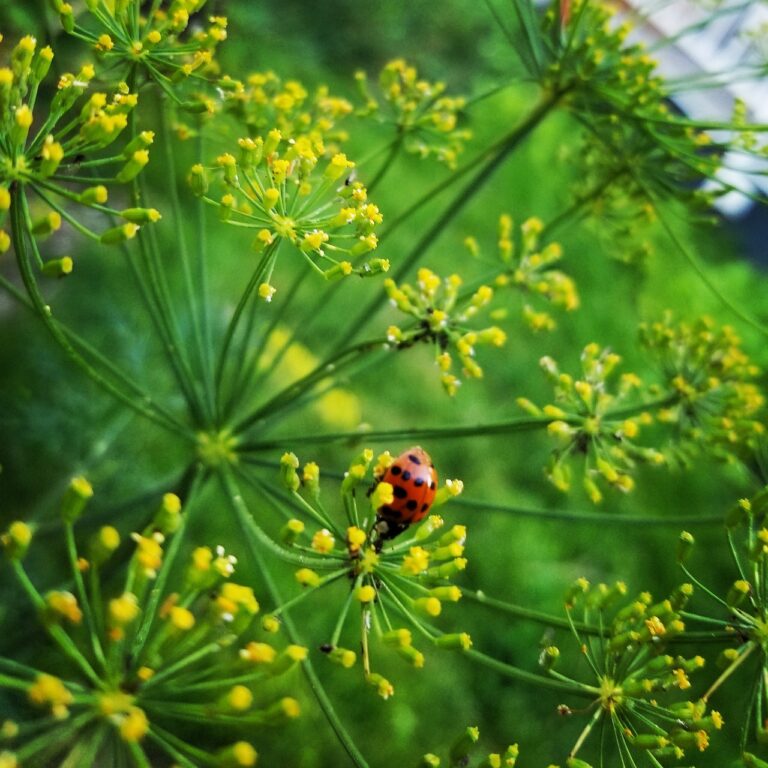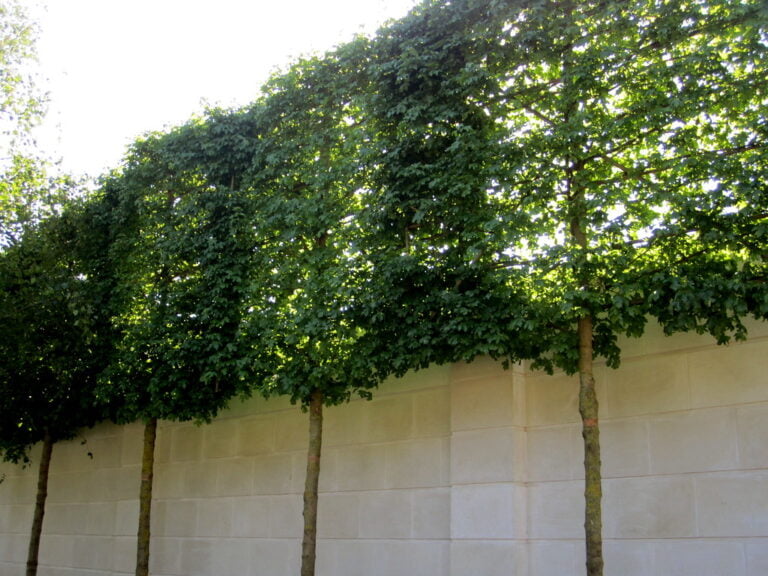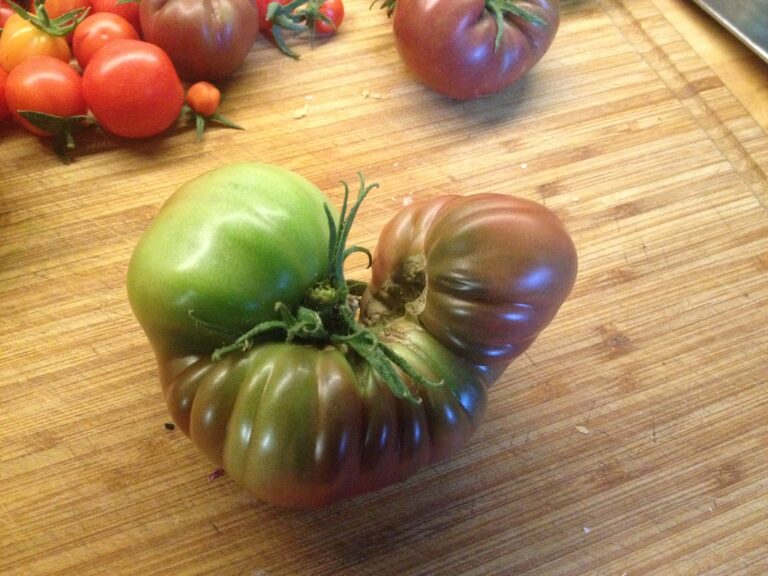Understanding the Scoville Units of Banana Peppers
Do you love the spicy kick of banana peppers? Want to know just how hot they are? Look no further! In this article, we'll guide you through understanding the Scoville units of banana peppers. You'll learn about the history and measurement of Scoville units, as well as how they affect our perception of heat. We'll also explore the Scoville scale for banana peppers, different types and their Scoville units, culinary uses based on heat levels, and tips for handling and storing high Scoville units peppers. Let's dive in!
What Are Scoville Units
Scoville units measure the heat or spiciness of a pepper. When it comes to banana peppers, knowing their Scoville units can help you determine how much heat they will add to your dishes. The Scoville scale ranges from 0 to over 2 million, with higher numbers indicating greater heat. Banana peppers typically fall in the mild to medium category, ranging from 0 to 500 Scoville units. This means they provide a subtle kick of heat without overwhelming your taste buds. They are perfect for those who prefer a milder spice level but still want to add some flavor to their meals. So, next time you're cooking with banana peppers, keep their Scoville units in mind to create a delicious and balanced dish.
History of Scoville Units
To understand the history of Scoville Units, it is important to explore the origins and development of this heat measurement scale. The Scoville Scale was created by pharmacist Wilbur Scoville in 1912 to measure the heat or spiciness of chili peppers. Scoville developed a method using human taste testers to determine the level of capsaicin, the compound responsible for the heat, in a pepper. The testers would taste a pepper-infused solution and report when the heat became too intense. Scoville then calculated the pepper's heat level based on the dilution needed to reach this point. Over time, the Scoville Scale has been refined and standardized, with the use of high-performance liquid chromatography to precisely measure capsaicin levels. This history of Scoville Units highlights the dedication to accurately measure and quantify the heat of peppers, allowing us to better understand and appreciate the spiciness of our favorite dishes.
How Are Scoville Units Measured
To measure Scoville Units, you simply need to extract the capsaicin from the banana peppers and conduct a taste test. The Scoville Scale is a method used to measure the heat or spiciness of chili peppers. Capsaicin, the chemical compound responsible for the heat, is extracted by dissolving it in alcohol. Once the capsaicin is extracted, it is diluted with sugar water. Trained taste testers then taste the solution and determine at what dilution level the heat can no longer be detected. This dilution level is assigned a numerical value on the Scoville Scale. The higher the number of Scoville Units, the hotter the pepper. This method allows for a standardized measurement of heat, ensuring that consumers can make informed choices about the spiciness of their food.
Scoville Units and Heat Perception
Once the capsaicin is extracted and assigned a numerical value on the Scoville Scale, you can understand how the heat perception of banana peppers is determined. The Scoville Units measure the concentration of capsaicin, the compound responsible for the spicy sensation. The higher the number of Scoville Units, the hotter the pepper. When you consume a banana pepper, the capsaicin interacts with the pain receptors in your mouth and throat, triggering a burning or tingling sensation. This heat perception varies from person to person, as everyone has different tolerance levels. Some people may find banana peppers mild and pleasant, while others may find them extremely hot and uncomfortable. Understanding the Scoville Units helps you choose the right level of spiciness for your taste buds and ensures that you can enjoy the flavors of banana peppers without overwhelming your palate.
The Scoville Scale for Banana Peppers
If you're curious about the spiciness of banana peppers, the Scoville Scale provides a useful reference. The Scoville Scale measures the heat level of chili peppers and other spicy foods. It assigns a numerical value known as Scoville Heat Units (SHU) to indicate the amount of capsaicin, the compound responsible for the heat, present in the pepper. Banana peppers typically range between 0 to 500 Scoville Heat Units, making them a mild pepper option. This makes them a great choice for those who enjoy a hint of heat without overwhelming spiciness. However, it's important to note that the heat level can vary depending on factors like growing conditions and pepper variety. So, when using banana peppers in your recipes, consider the Scoville Scale to determine the level of heat you want to add.
What Determines the Scoville Units of Banana Peppers
The heat level of banana peppers, as measured by Scoville Units, is determined by the concentration of capsaicin, the compound responsible for their spiciness. The Scoville Units scale measures the amount of capsaicin present in a pepper, which directly correlates to its heat level. The higher the concentration of capsaicin, the higher the Scoville Units and the spicier the pepper. The concentration of capsaicin is affected by various factors, including the pepper's genetics, growing conditions, and ripeness. Generally, banana peppers with a longer growing season tend to have higher Scoville Units. Furthermore, the presence of capsaicin is concentrated in the pepper's membranes and seeds, so removing these parts can reduce the overall heat level. Understanding these factors can help you choose the right banana pepper for your desired heat level in your culinary creations.
Different Types of Banana Peppers and Their Scoville Units
To understand the Scoville Units of banana peppers, it is important to explore the different types and their corresponding heat levels. Banana peppers come in various varieties, ranging from mild to hot. The most common type is the sweet banana pepper, which has a mild heat level and scores between 0 and 500 Scoville Units. If you prefer a bit more heat, you can opt for the hot banana pepper, which falls in the range of 2,500 to 8,000 Scoville Units. For those seeking an even spicier kick, the Hungarian wax banana pepper is a great choice, with a heat level that can reach up to 15,000 Scoville Units. It is crucial to know the heat level of different banana pepper types to ensure you choose the right one for your desired level of spiciness in your dishes.
Culinary Uses for Banana Peppers Based on Scoville Units
Now that you understand the Scoville Units of banana peppers and their heat levels, let's explore how you can use them in your culinary creations based on their spiciness. Banana peppers with lower Scoville Units, such as mild or sweet varieties, are great for adding a subtle kick to your dishes without overwhelming the taste buds. These peppers can be sliced and added to sandwiches, pizzas, or salads to provide a hint of heat and a burst of flavor. If you prefer a medium level of spiciness, opt for banana peppers with moderate Scoville Units. These peppers can be stuffed with cheese or meat fillings and baked for a delicious appetizer or side dish. For those who enjoy a fiery sensation, banana peppers with high Scoville Units are perfect for adding intense heat to your dishes. These peppers can be pickled, chopped, and used sparingly in salsas, hot sauces, or stir-fries. Remember, when using banana peppers with higher Scoville Units, it's important to taste test and adjust the amount according to your desired spiciness level.
Handling and Storing High Scoville Units Banana Peppers
When handling and storing high Scoville Units banana peppers, it is important to take precautions to ensure their freshness and maintain their potent spiciness. To begin, always wear gloves when handling these peppers to protect your skin from the intense heat. Avoid touching your face or eyes while handling them to prevent any discomfort or irritation. When it comes to storing high Scoville Units banana peppers, it is best to keep them in a cool and dry place, away from direct sunlight. If you have harvested the peppers yourself, make sure to wash them thoroughly before storing. Consider storing them in airtight containers or freezing them to maintain their freshness and spiciness for a longer period. By following these simple steps, you can enjoy the fiery intensity of high Scoville Units banana peppers in your dishes.
FAQs About Scoville Units and Banana Peppers
If you have questions about the Scoville Units of banana peppers, you might be wondering about a few key things. Firstly, what exactly are Scoville Units? Scoville Units are a measurement used to quantify the heat or spiciness of peppers. The higher the Scoville Units, the hotter the pepper. Secondly, how are Scoville Units measured? They are determined by a tasting panel who taste a pepper extract and dilute it until the heat is no longer detectable. The level of dilution needed determines the Scoville Units. Lastly, how do Scoville Units affect the taste of banana peppers? Banana peppers typically have a mild heat level, ranging from 0 to 500 Scoville Units. This makes them a popular choice for those who enjoy a touch of heat without overwhelming spiciness.
Conclusion
In conclusion, understanding the Scoville units of banana peppers is essential for those who enjoy spicy foods. The Scoville scale provides a measurement of the heat intensity in peppers, with banana peppers typically falling into the mild to medium range. Different types of banana peppers can have varying Scoville units, affecting their culinary uses. It is important to handle and store high Scoville units banana peppers with caution. By knowing the Scoville units, individuals can make informed decisions when incorporating banana peppers into their dishes.






